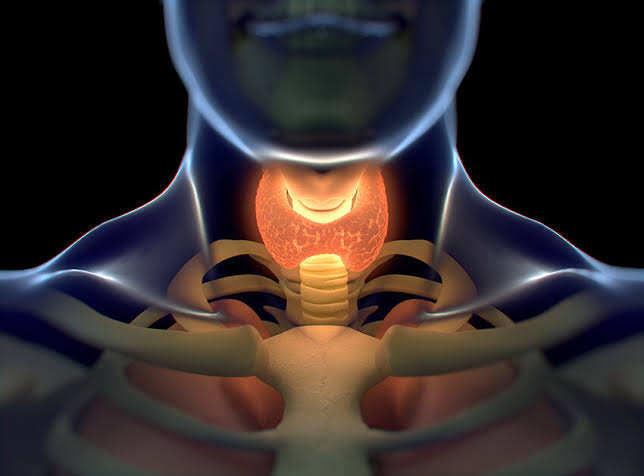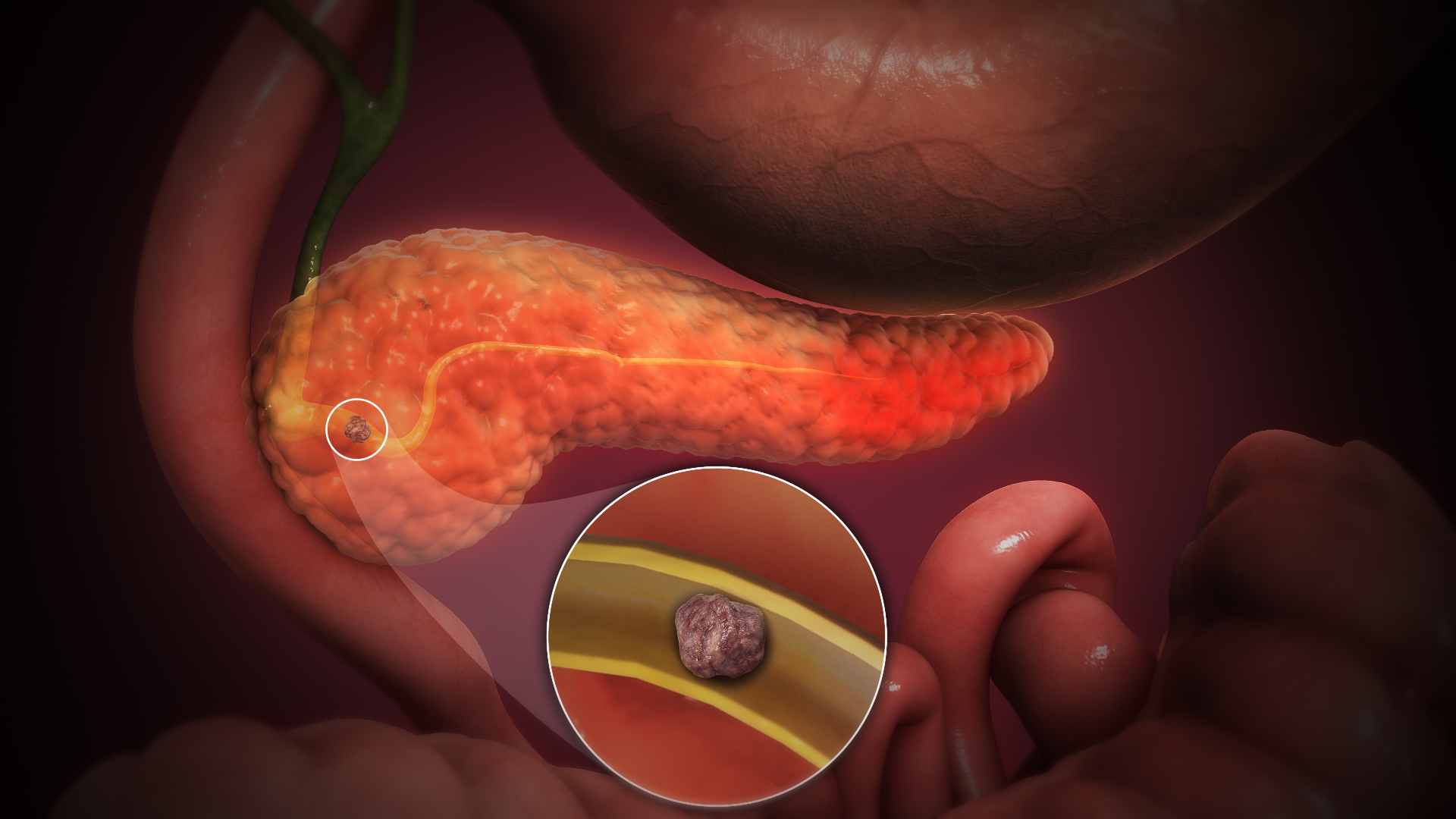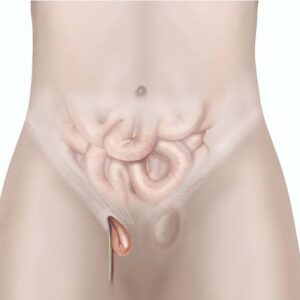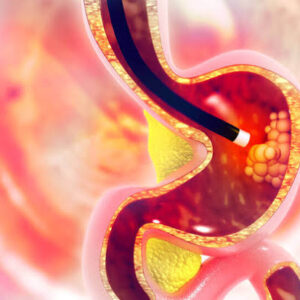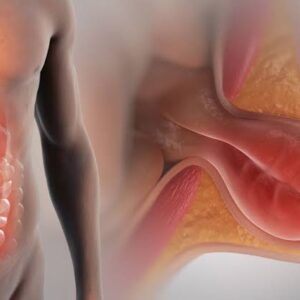Upper Gastrointestinal (GI) Endoscopy
Price range: ₹800.00 through ₹1,600.00
Learn Upper Gastrointestinal (GI) Endoscopy through our scientifically proven stepwise program. You can acquire this skill anywhere, anytime, without quitting your job and daily life.
Please read the Requirements and Commitments of each level before making a purchase. Ensure you meet the eligibility criteria to receive the product/service.
Description
Upper Gastrointestinal (GI) Endoscopy is a crucial diagnostic and therapeutic procedure for physicians and surgeons. Its importance lies in:
- Accurate Diagnosis: Upper GI Endoscopy provides direct visualization of the upper digestive tract, allowing for the precise diagnosis of conditions like ulcers, cancers, and inflammation.
- Treatment Guidance: Physicians and surgeons can use this procedure to guide treatment decisions, such as taking biopsies, removing polyps, or placing stents.
- Comprehensive Patient Care: Proficiency in Upper GI Endoscopy ensures holistic patient care, enabling the evaluation and management of a wide range of upper digestive issues.
Types of Upper GI Endoscopy:
- Esophagogastroduodenoscopy (EGD): Examines the esophagus, stomach, and duodenum.
- Transnasal Endoscopy (TNE): Uses a thinner endoscope inserted through the nose, suitable for certain patients.
- Double-Balloon Enteroscopy: Investigates the small intestine using specialized balloons for deep access.
- Capsule Endoscopy: Involves swallowing a tiny camera capsule to visualize the small intestine.
Indications for Upper GI Endoscopy:
It’s indicated for patients with conditions like GERD, peptic ulcers, abdominal pain, dysphagia, and unexplained weight loss.
Steps of Upper GI Endoscopy:
- Preparation: Patient receives sedation or local anesthesia.
- Endoscope Insertion: Insert the flexible endoscope through the mouth.
- Visualization and Biopsy: Examine the upper GI tract and take biopsies if needed.
- Treatment: Perform therapeutic interventions if required.
- Withdrawal: Slowly withdraw the endoscope, observing for abnormalities.
- Post-procedure Care: Monitor the patient’s recovery.
Upper GI Endoscopy aids in early detection and management of upper digestive disorders, improving patient outcomes.
Additional information
| Levels | Level-1, Level-2, Level-3 |
|---|
General Inquiries
There are no inquiries yet.

